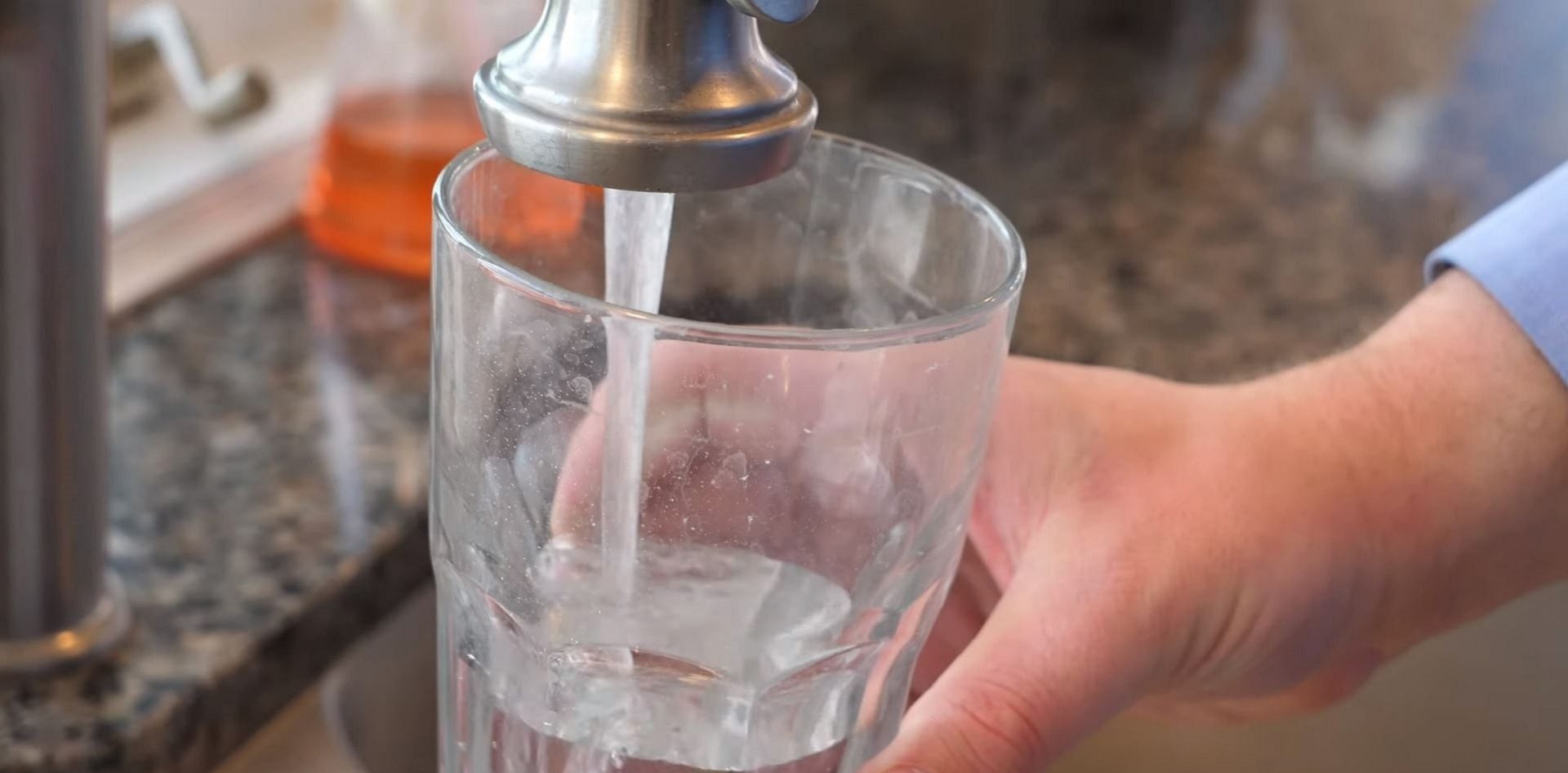
Wallace McKelvey / PennLive


Wallace McKelvey / PennLive

Wallace McKelvey / PennLive
A national study by the Waterkeeper Alliance found pollution of PFAS in more than 100 waterways, with a midstate creek ranking among the worst.
The Lower Susquehanna Riverkeeper found high levels of chemicals known as PFAS in the Kreutz Creek Watershed in York County.
PFAS are called forever chemicals because they don’t break down in the environment. They have been linked to serious health problems, including cancer.
The riverkeeper, Ted Evgeniadis, measured one chemical, PFOA, at 847 parts per trillion in the creek. The federal Environmental Protection Agency recommends drinking water contain less than 0.004 parts per trillion.
Evgeniadis said the high levels are due to discharge from Modern Landfill. He sampled water both upstream and downstream of the landfill’s discharge pipe.
“Modern Landfill has taken away the constitutional right for residents and the public to safely recreate and fish around Kreutz Creek. The owners of the landfill must be held accountable to the highest standards in effectively treating their wastewater to remove PFAS and other harmful pollutants,” Evgeniadis said.
The landfill’s parent company, Republic Services, said it cannot speak to the accuracy of the study, but that regulatory oversight of its operations is rigorous
It said construction is underway on a new, $23 million water treatment plant that will handle PFAS.
“That investment reinforces our commitment to operate the landfill in a manner designed to protect public health and the environment. The new plant will be operational in mid-2023,” Republic said in a statement.
Modern Landfill is making some improvements under the terms of a 2020 consent agreement made with the state Department of Environmental Protection after previous permit violations.
DEP spokesman John Repetz said an inspection in August this year showed “that the existing treatment system is operational and monitoring records are up to date.”
The agency said the plant upgrades are expected to improve Modern Landfill’s compliance with the permitted effluent discharge limits, and so, pollutant concentrations at the outfall and downstream should benefit.
There are no enforceable limits on PFAS in water at the state or federal level.
DEP is close to finishing rules limiting two types of PFAS in drinking water in Pennsylvania. The EPA is also developing a PFAS regulation.
The study by Waterkeeper Alliance found PFAS in 83 percent of the 114 waterways tested across 34 states.
“When we began testing waterways for PFAS earlier this year, we knew that our country had a significant PFAS problem, but these findings confirm that was an understatement,” said Marc Yaggi, CEO of Waterkeeper Alliance. “Congress should start by passing the Clean Water Standards for PFAS Act of 2022, and EPA must prioritize using the funding from the Bipartisan Infrastructure Law to coordinate national monitoring and adopt regulatory standards for PFAS contamination.”
StateImpact Pennsylvania is a collaboration among WITF, WHYY, and the Allegheny Front. Reporters Reid Frazier, Rachel McDevitt and Susan Phillips cover the commonwealth’s energy economy. Read their reports on this site, and hear them on public radio stations across Pennsylvania.
(listed by story count)
StateImpact Pennsylvania is a collaboration among WITF, WHYY, and the Allegheny Front. Reporters Reid Frazier, Rachel McDevitt and Susan Phillips cover the commonwealth’s energy economy. Read their reports on this site, and hear them on public radio stations across Pennsylvania.
Climate Solutions, a collaboration of news organizations, educational institutions and a theater company, uses engagement, education and storytelling to help central Pennsylvanians toward climate change literacy, resilience and adaptation. Our work will amplify how people are finding solutions to the challenges presented by a warming world.